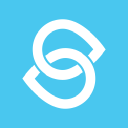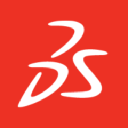How I Created A Multitool And Built A $1M Sustainable Product Business
Hello! Who are you and what business did you start?
My name is Mike Chijoff and I’m the founder of Tactica. We create cool stuff for your everyday adventures.
After many years running an industrial design consultancy, I decided it was time that we started developing our own products. It was too often a case where In the consultancy, innovation after innovation would not, for varying reasons, see the light of day. It was at this point that I decided it was time to take ownership of the client and develop our own products. In 2016, Tactica was born.
Our founding product the M100 is sold around the world through distributors, wholesalers and direct to the customer. Tactica generates around 80,000 revenue a month and continues to grow through its investment in research + development in materials, design, and technology.


Download the report and join our email newsletter packed with business ideas and money-making opportunities, backed by real-life case studies.

Download the report and join our email newsletter packed with business ideas and money-making opportunities, backed by real-life case studies.

Download the report and join our email newsletter packed with business ideas and money-making opportunities, backed by real-life case studies.

Download the report and join our email newsletter packed with business ideas and money-making opportunities, backed by real-life case studies.

Download the report and join our email newsletter packed with business ideas and money-making opportunities, backed by real-life case studies.

Download the report and join our email newsletter packed with business ideas and money-making opportunities, backed by real-life case studies.

Download the report and join our email newsletter packed with business ideas and money-making opportunities, backed by real-life case studies.

Download the report and join our email newsletter packed with business ideas and money-making opportunities, backed by real-life case studies.

















